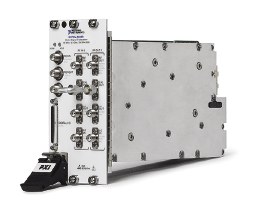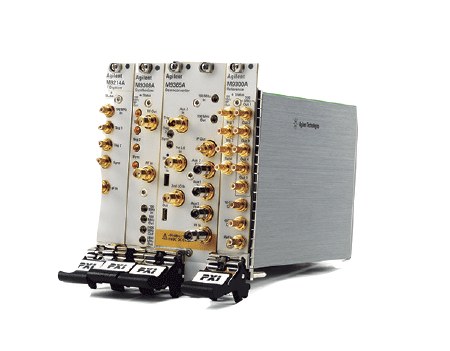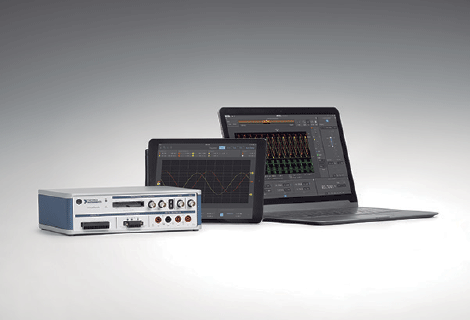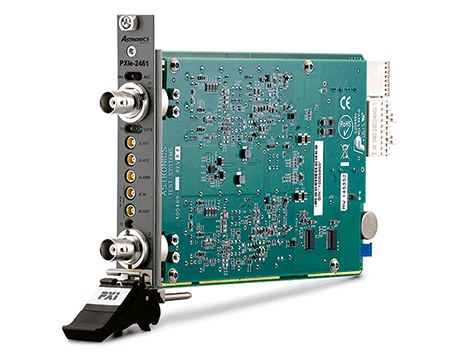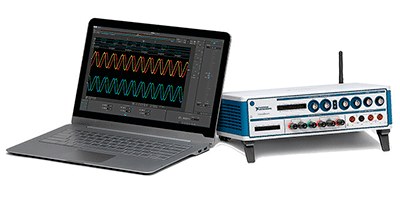Paradigm shift redefines the capability of oscilloscopes, RF signal analyzers, and high-speed serial data instruments
NI today announced that it has brought the power and flexibility of software-engineered instruments to new instrument types and automated test applications, further freeing engineers and organizations from the cost and limitations of vendor-defined instruments.
Two years ago, NI introduced the first software-designed instrument, the vector signal transceiver. By replacing traditional vendor-defined instruments with instruments designed using NI software, Qualcomm Atheros has improved test speeds by more than 200 times and Hittite Microwave has reduced test times by more than 30 times. The latest software-engineered instruments address automated test and research applications in the wireless and mobile device, semiconductor, automotive, and aerospace/defense industries:
• 8-channel 14-bit, 250 MS/s, 300 MHz oscilloscopes
• High performance 26,5 GHz RF vector signal analyzer
• 12-bit, 2 GS/s, 2 GHz intermediate frequency digitizer
• High-speed 12,5 Gb/s serial data instruments and 8 TX/RX lines
“Providing a user-programmable FPGA can lead to some amazing benefits for the customer, allowing them to dig deep into the instrument and dramatically change performance,” said Prathima Bommakanti, measurement and instrumentation industry analyst at Frost & Sullivan. “Thanks to this new class of instrumentation, users are able to turn the instrument into whatever they need, a paradigm shift in an industry where products have essentially been defined by the vendor rather than the customer.”
NI software-designed instruments contain a user-customized programmable FPGA with the familiar graphical data flow of LabVIEW system design software, eliminating the need for specialized languages such as VHDL and Verilog, costly digital design experts, or Payments to instrument vendors whenever customization is required.
“RF test requirements are constantly changing and emerging quickly,” said Christian Pfefferer, Valeo's global test engineer. “User-programmable FPGAs provide the flexibility to keep up with growing RF test requirements, helping us meet our current RF test specifications in spectrum measurements, but also making us well-prepared. to address future needs.”
For more information on the new software-designed instruments and instrumentation, visit ni.com/software-designed-instruments



